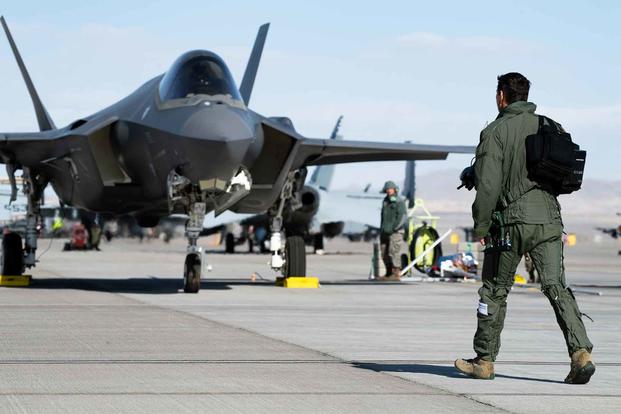While the Griffons deployed after my tour, I had several friends deploy in the 2008-2011 timeframe. Some spent all of their time in KAF, some out in the FOBs, and a small few did the first part of their tour in KAF and then ended up in the FOBs around midway through their tour. (Why, I have no idea.)
But they heard nothing but praise for the Canadian machines and crews, as they seemed to be able to lift off & go far faster than other countries. The Griffons, and their crews - from what they told me - seemed to be able to get briefed, plan the mission, and go - significantly faster than most. (Minus MEDEVAC birds that were constantly ready.)
Short rant.... It absolutely blows my mind that we deployed there in 2001, then deployed & conducted operations in Kabul, then redeployed in a combat role back to Kandahar in 2005, and conducted combat operations daily until 2011...and yet helicopters only arrived in 2008.


The top brass of the Army is supposed to, in my mind, essentially consist of experienced officers who have the proper personality, experience, leadership abilities, and reasonable decision making abilities to lead an organization in war, and other operations where the danger is consistently higher than most civilian professions.
Did none of the Army leadership realize that in a country literally littered with landmines from the 80's, and IED's potentially anywhere, that helicopters would be essential? How many 'gosh darn' Maple Resolves does one have to attend to say "Fast, safe movement GOOD...driving on roads that explode BAD."
I know this is a sore topic for many of us on this board, so I do apologize for the above. Just


one would think having helicopters moving people and supplies would be as basic as deploying LAVs or trucks. <end rant>





